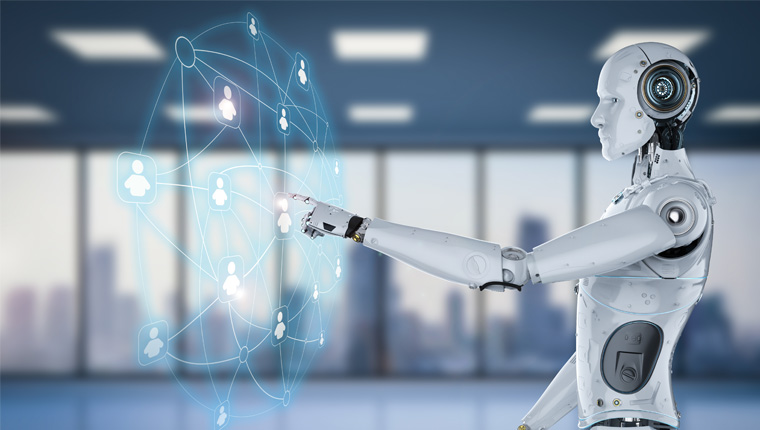Humanoid Robots: Artificial Robots with a Difference


Artificial Intelligence often makes people imagine a robot gliding or walking about, replying mechanically. While this technology has several applications, humanoid robots are one of the most well-known forms.
Such recognition is credited to their depiction in iconic Hollywood movies, especially in the science fiction genre. Humanoid robots have been created as early as the fifteenth century, with Leonardo Da Vinci’s armor suit being able to perform basic functions like walking, standing or sitting.
The initial objective behind the use of AI for creating humanoid robots was to conduct research on how to improve human prosthetic technology.
However, the scope of objectives has widened considerably over the decades, with modern humanoids being developed to complete many types of tasks done by humans and take charge of multiple roles in various sectors, such as those of a personal assistant, front desk officer, etc.
Making an Artificial Intelligence robot is rather complex; it takes a substantial amount of research and isn’t without its challenges. Humanoids require special equipment like sensors and actuators depending on their tasks. These need to be placed carefully as the smallest error can cause glitching in the robot’s actions.
Due to their final appearance, many people presume a humanoid robot’s structure to resemble that of a human being, which is not always true. That’s because such robots often have a head, limbs, and a torso, but this may not always be the case. Some humanoids may only have one or two of such parts, depending on what they need as per their functions.
Creating a fully functional Artificial robot requires scientists and inventors to consider several factors throughout the process. For instance, the ‘human’ parts must look and function like actual human body parts, so the creators must work on creating such mechanisms before testing them. They also have to program the instructions and codes that would define the actions, gestures, and responses of the humanoid robots.
Behind their immense popularity lies immense work and programming. It’s a lot of work to put in to make these robots function without any problems and feel realistic, and robot builders encounter their fair share of obstacles during the development process, some of which we are going to discuss now.
Actuators often create issues during implementation. Applied to assist in motion and perform gestures, it can get quite problematic to have them perfectly replicate human gestures and motions. This is due to the dynamic and unpredictable nature of the human body.
Designing humanoid robots requires the use of robust and effective actuators that can replicate gestures that seem simple to us and take only a few seconds, in a similar time frame.
The sensors being used in an Artificial Intelligence robot must also be highly efficient as they will enable them to sense their surroundings. A humanoid needs to have each of the human senses - sight, sound, hearing, taste, and touch - in order to function properly and realistically.
A humanoid requires these ‘senses’ depending on the tasks it is being designed for. For instance, the hearing sensor helps the robot ‘hear’ commands, which it then deciphers and carries out.
Sensors that keep the humanoid from crashing into things and damaging itself are called ‘touch sensors’. These also enable it to balance its own movements, whereas pain and heat sensors let the robot know when something can cause it harm or if it’s being damaged.
If the Artificial Intelligence
robot is being designed for human interactions, it may require facial sensors
to make its own facial expressions. The addition of each of these sensors
requires more work to ensure proper functioning of each one at all times.


Comments